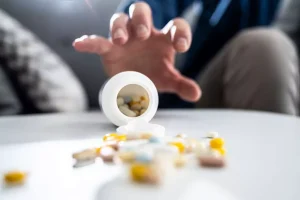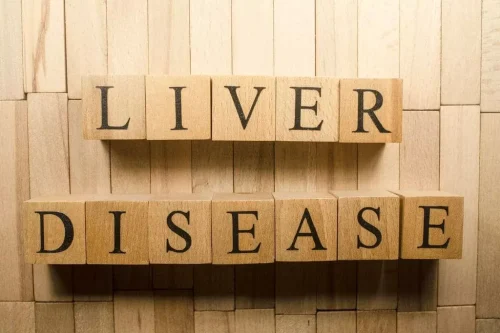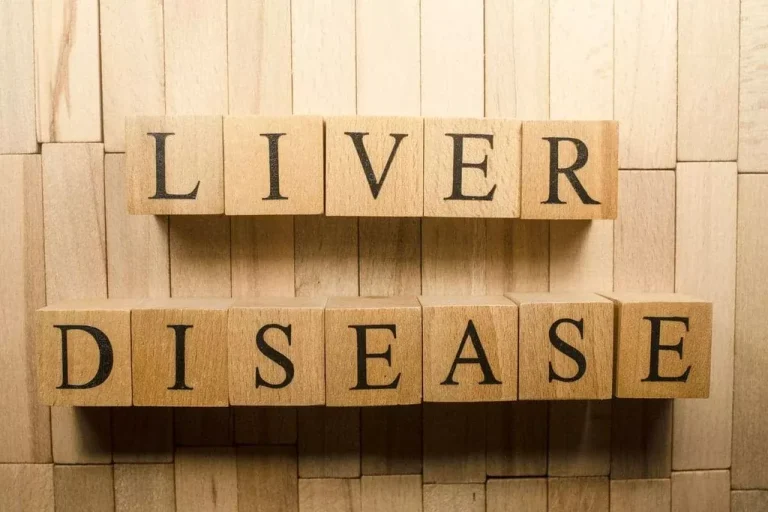
The same study noted that detection windows differ and will depend on how often a person ingests marijuana. Be cautious to avoid cannabis users prior to a drug test, as the hair follicle test cannot distinguish between firsthand and secondhand exposure. Surprisingly, the color of your hair can also affect how long you can detect THC in hair follicles. THC is easier to detect in darker hair colors like black and brown. This is because melanin, the pigment found in darker hair colors, helps act as a binding agent for THC. Curly or coarse hair may may also store more THC than straight hair.
THC Detection in Hair Follicle Tests
- Eating clean, getting enough sleep, and staying hydrated are all great ways to take care of your body and make sure that it can effectively get rid of cannabis compounds.
- In general, heavy cannabis users should be concerned about these windows potentially being greater depending on your exposure to THC.
- Those people who have faster metabolisms, reducing the time weed is detectable in their system.
- THC can be detected in hair samples for up to 90 days after the last consumption of cannabis-based products.
- For those who can stand to test positive for the cannabinoids found in cannabis plants, Mood is the shop for you.
The casual user will, in general, be able to metabolized THC at a faster rate than someone who uses the substance often. If you have a cannabis addiction and stop using it, you’ll detox from it and may experience withdrawal symptoms. As laws change, attitudes toward recreational cannabis are changing. Saliva tests detect THC taken in the last 24 to 48 hours at the time of the test. Most urine tests can identify 5 to 50 nanograms Halfway house of THC-COOH per milliliter (ng/mL) of urine.
- Renowned for exceptional quality and innovative design, LOOKAH brand is dedicated to providing the best smoking & vaping experience for users worldwide.
- More potent cannabis, which is higher in THC, may also stay in your system for longer.
- Drug testers are highly trained to pick up on odd behaviours, nervousness or other out of the norm habits you may be displaying.
- Every time you ingest cannabis, THC and its metabolites will end up in your hair.
Comparison with Other Drug Tests

Conversely, those with slower metabolisms may have detectable traces of cannabis for longer. Although marijuana has become more integrated into popular culture, Testing for illicit substances is still used as pre-employment screening process at many companies. In at least once case, a person developed symptoms of psychosis after using one of these detox kits.

How Long Does Weed Stay In Your Saliva?
Changes in lifestyle, health, and hormonal levels can also influence hair growth. Therefore, understanding personal hair growth trends can provide insight into detection chances. Ultimately, there is no definitive method to get cannabis out of the body faster. The detection window varies depending on factors such as frequency of use, potency, hair growth rate, etc. These are usually ideal in legal cases and substance abuse programs where authorities require information regarding the frequent and chronic use of drugs. After use, cannabinoids reach the hair how long does weed stay in your system follicles via small blood vessels and from sebum and sweat surrounding the hair shaft.
It’s also important to know that 15% of drug tests results from hair follicle tests can be inaccurate. Hair color or different treatments can strip some of the content of hair leading to inconclusive or false negative results. A 1.5 inch sample of hair is cut at the scalp to detect cannabis exposure. Since hair grows about 0.5 inches per month, a 1.5-inch hair segment would provide a window of weed use for the past 3 months. One study did find that some heavier cannabis users triggered a positive result in a blood test even after abstaining for 7 days.
Legal
- For a drug test to be negative, the body must eliminate THC from the system, as well as metabolic chemicals that have links to THC.
- If you’re looking to quickly cycle THC out, focus on overall health and wellness.
- However, these are all estimates and different factors may increase or decrease these detection windows.
If you are a daily or high-dose consumer, be mindful of adverse potential withdrawal effects, including irritability, headaches, reduced appetite, or increased anxiety. Whether you’re shopping for THCa hemp flower for sale, dabbing THCa hash, or chilling with a smooth pull of outdoor THCa, understand the implications. Hemp is evolving fast, and education is your best defense — especially when it comes to staying on the right side of workplace policies and drug testing protocols.
Factors Affecting – Metabolism of Weed & Detection Time

It’s often used to vet government employees and to ensure public safety in certain industries. While the stigma of cannabis use is slowly fading away, it’s important to know how drug testing works and how cannabis use might be detected. You may have never even thought to ask yourself, “How long will THC stay in your hair? ” Hair follicle tests do have the longest windows for detection of drug use and that can expose an employer to anything you’ve done in three months. Given the short window of detection and cost it’s not likely that your doctor would test for THC for no reason.
- You don’t need to shave your scalp and entire body hair to cheat.
- Her writing is based on data from scientific publications, government agencies, and medical journals.
- This number is different for blood tests, which generally provide accurate results up to seven days after consumption.
- It’s key to remember that heavy cannabis use can increase your chances of a positive result no matter what recourse you take.
Frequently Asked Questions About Weed Detection In Hair and Other Drug Tests
The detection of weed in hair is an interesting topic, especially in the context of drug testing. Unlike other testing methods that may detect weed use over a short period, hair follicle drug detection times are longer. This is because THC, the active compound in weed, is deposited into our hair follicles. As our hair grows, traces of it remain embedded in the hair strands.
